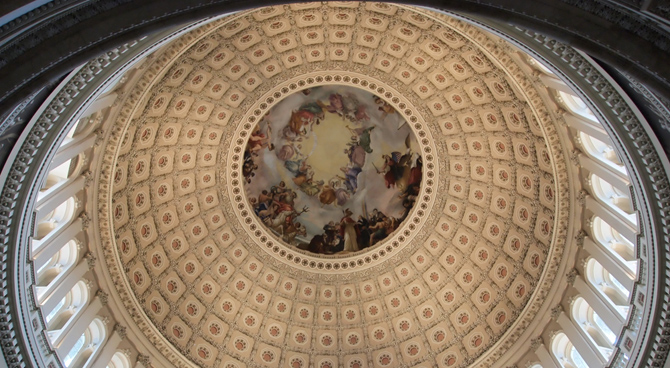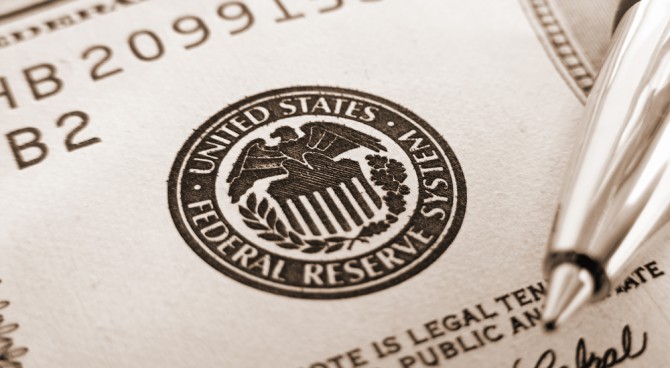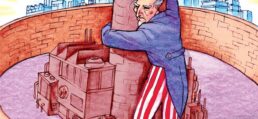Tax cuts and deregulation spurred the boom. Tariffs delivered neither economic growth nor key states.
By
Phil Gramm and Pat Toomey
March 2, 2021 1:26 pm ET
Donald Trump was America’s first post-Depression presidential nominee to make protectionism a major plank of his platform. During the 2016 campaign he presented it, along with tax cuts and deregulation, as an antidote to President Obama’s weak economic recovery—the weakest of the postwar period. In his first two years as president, Mr. Trump lifted regulatory burdens and pushed through a major tax cut, which triggered a broad-based rise in income and employment. He then turned to his protectionist agenda, which reduced economic growth and failed to deliver Michigan, Pennsylvania or Wisconsin in the 2020 election. Protectionism failed both as economic policy and political strategy.
Much of the allure of U.S. postwar protectionism comes from nostalgia for an enduring myth: the “golden age of American manufacturing.” There was a manufacturing bonanza in the 1950s and ’60s, but it wasn’t engineered by policy makers then and couldn’t be replicated now. It was an unsustainable anomaly created by World War II.
The U.S. emerged from the war with an almost totally new industrial base, a carry-over from a wartime role as “the great arsenal of democracy.” With much of the rest of the developed world in rubble, America enjoyed a virtual monopoly in heavy manufacturing for a quarter-century. In the 1950s, real average hourly earnings in manufacturing leapt 34.5%—seven times their growth in the 1970s.
By the mid-1970s, Europe and Japan had risen from the ashes of the war and South Korea and Taiwan had industrialized. By 1976, U.S. manufacturing exports had returned to prewar levels, as a percentage of global exports, and after 1979 U.S. manufacturing employment fell in absolute terms as a push was undertaken to automate, reduce labor costs and regain competitiveness. While manufacturing jobs declined from 32% of total employment in 1953 to 8.7% in 2015, manufacturing as a share of real gross domestic product has remained virtually constant due to increases in productivity.
As Mr. Trump found when he imposed tariffs on steel and aluminum, the resulting increase in jobs in those industries was small. This shouldn’t have come as a surprise: In 1980 it took 10.1 man-hours to produce a ton of steel. Thanks to automation, that was down to 1.5 man-hours a ton in 2017, with some steel makers achieving 0.5. Jobs gained in the steel and aluminum industries after the tariffs were dwarfed by jobs lost in industries that use steel and aluminum in their manufacturing process, not to mention the jobs lost due to foreign trade retaliation.
The uncertainty concerning which industry would be hurt next caused private investment to decline across the economy. GDP growth, which had been accelerating in 2017 and 2018, fell 20% in 2019, from 2.9% to 2.3%, in line with the Congressional Budget Office estimates of the negative effect of the protectionist policies.
Protectionism even hurt manufacturing in the states it was supposed to help. According to the Bureau of Labor Statistics, manufacturing employment in Michigan, Pennsylvania and Wisconsin, which had increased in 2017 and 2018, started to fall in 2019 as the trade war intensified.
The notion that protectionism could bring back millions of manufacturing jobs and attract a significant number of votes in the industrial states was outdated, as was the trade debate itself. For instance, trade deficits become meaningless when so much U.S. content is embedded in the value of imports such as tech products, and when most imports from Mexico, Canada and even China are produced by U.S. companies owned by U.S. pension funds—and therefore by U.S. workers.
Most Americans no longer see protectionism as helpful or feasible. In 2016, 72% of Americans viewed foreign trade as an opportunity for economic growth rather than a threat, the highest approval rating since Gallup started asking. By 2020, approval had risen to 79%.
If Mr. Trump’s trade message helped him in the 2016 election, it was because he was expressing concern about the plight of working people who had suffered disproportionately during the Obama “secular stagnation,” not because protectionism itself was popular. Even among Trump supporters, a post-2020 election poll by YouGov showed that 60% believed foreign trade helps the economy. The voting pattern of Lordstown, Ohio—where Mr. Trump promised in 2017 to save local factory jobs—suggests that it was the concern Mr. Trump expressed, not his ability to save the General Motors plant, that attracted their votes in the first place. The plant closed anyway, and the area voted for Mr. Trump in 2020 by an even bigger margin than in 2016.
As the pay premium for having a college degree relative to a high-school diploma almost doubled from 1967 to 2017, blue-collar America fell further behind. Over the same period, the explosion of transfer payments caused the labor-force participation rate of the bottom quintile of earners to collapse. By 2017, government transfer payments rose to constitute more than 91% of their $49,613 average income. Government payments to nonworkers approached the after-tax incomes of blue-collar workers, spawning resentment. Hillary Clinton’s expressions of contempt only heightened the sense that America had lost interest in and respect for its workers, and helped make Mr. Trump’s expression of concern resonate.
For these workers, the Trump tax cut and deregulatory effort delivered, as blue-collar wages grew faster than white-collar wages. In 2019 the poverty rate hit a record low. Real household income leapt by $4,379, 13 times the average annual postwar gain. If the growth surge of 2017-18 had continued through 2019, these landmark economic achievements would have been even stronger—perhaps strong enough to have overcome in 2020 the political effects of the coronavirus shutdown and voters’ personal aversion to Mr. Trump.
America is now so integrated into the global economy that jobs cannot be created or protected by protectionist policies. Innovation, technological development and the capacity of a market economy to adapt to change provide our only sure path to job creation and prosperity. This is a lesson all politicians, but especially Republicans, need to learn from the economic and political failure of protectionism in the Trump era.
Mr. Gramm is a former chairman of the Senate Banking Committee and a visiting scholar at the American Enterprise Institute. Mr. Toomey, a Republican, is a U.S. senator from Pennsylvania. Mike Solon contributed to this article.





